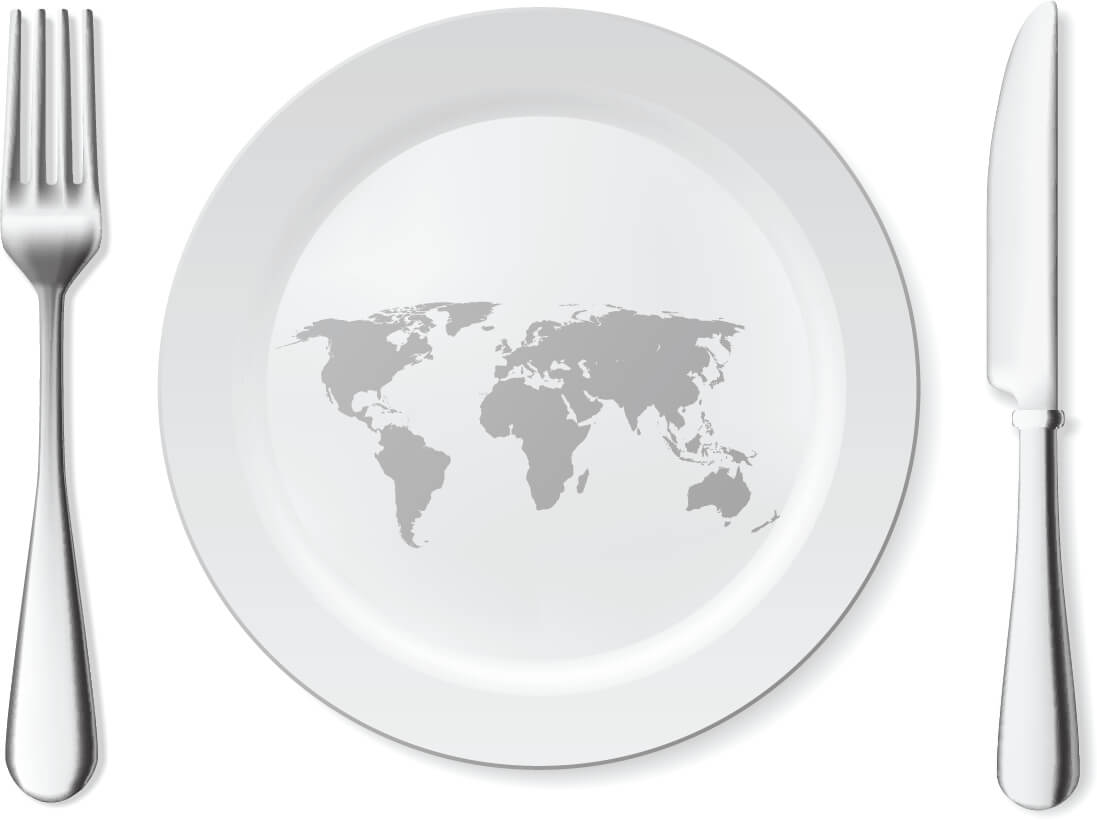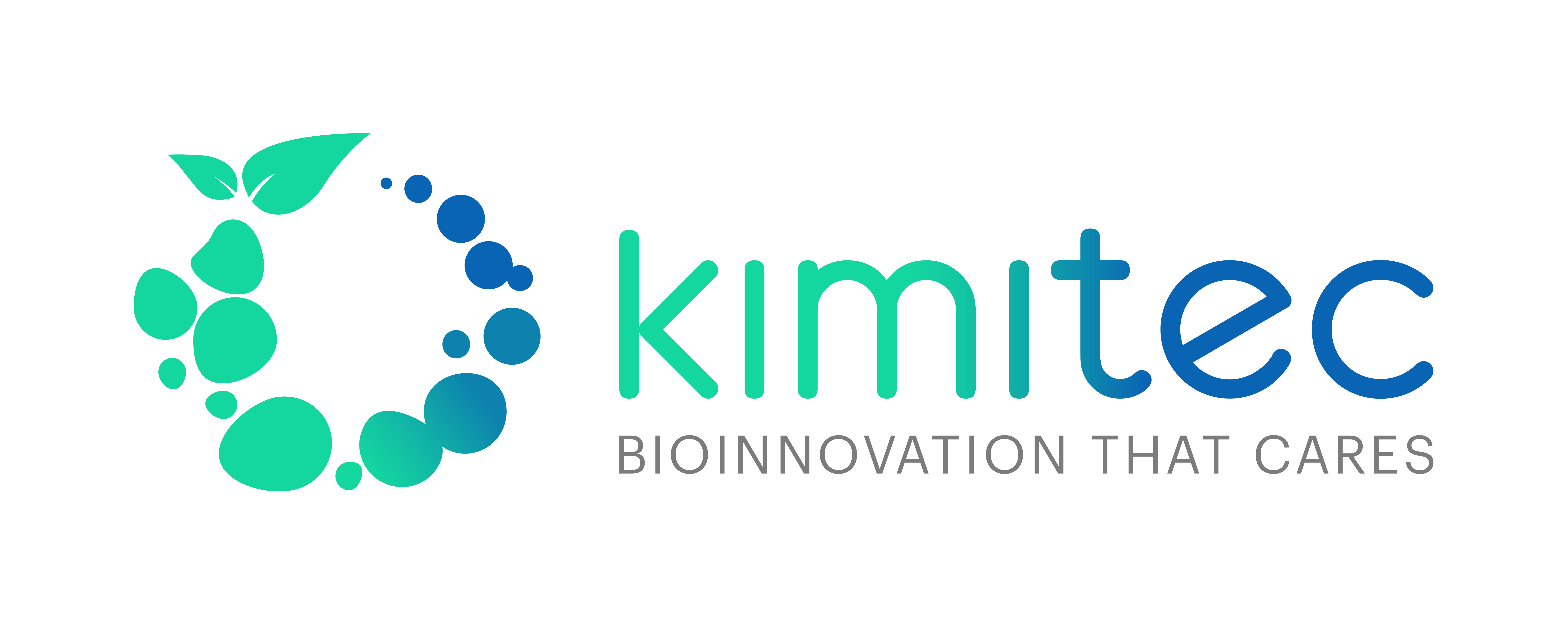Why Does the USA Need the Farm to Fork When It Has a Spoon?

We may depict almost any situation with a certain degree of duality. This what we mean when we say, for example, “there are two kinds of people in the world.” This idea can also be applied to situations rather than people. Let me give you an example: when it comes to safety, there are two ways to plan a trip. The first way, is to consider which mode of transportation is the most secure for traveling about: car, train, or bicycle? According to statistics, flying is the best option, with just one major accident every 2.4 million flights. The second way, is to avoid traveling altogether; this is the only way to assure safety. Stay at home if you don’t want anything to happen to you. Put restrictions in place if you don’t want to take a chance. Create barriers if you don’t want things to happen. This, I believe, is what is happening with the European Green Deal and the upcoming role of biologically derived biopesticides.
Continuing with this idea of dualism there are two ways to accomplish things: the American way and the European way. This pains me, but we tend to tackle difficulties and crises quite differently on either side of the Atlantic, and not always for the better.
The same is true regarding topics such as decarbonization, commitment to clean energy, and the quest for innovative methods to obtain healthier food.
I’ll recap so you understand what I ‘m talking about. Consider the 2008 global financial crisis and the impact it had on the wallets of the entire planet. For the first time, the notion of a “green” economy was acknowledged as the most viable path to recovery and a brighter future. Similar to the New Deal introduced in the 1930s by US President Franklin D. Roosevelt to intervene in markets and stimulate the economy, in 2008 we saw yet another American New Deal that bet on new control mechanisms, taxes and investments that placed the world of renewable energies as a guarantee for the future, the recovery and, of course, the improvement of the environment. The crisis could not be regarded as an impediment to preventing global warming.
The proposal called for the creation of thousands of job opportunities in green projects through eco-friendly investments rewarding the sustainable use of energy and natural resources.
This was the seedling that grew into the Green New Deal in the United States and its European counterpart, the European Green Deal . They are similar in name and objective, but there is a vast difference in their structure.
As I previously stated, there are two ways of doing things. Let’s see which is which.
Green New Deal vs European Green Deal
In the United States, government intervention is done through expansive rather than restrictive measures. It is based on offering direct assistance to those who adhere to the principles to be advocated, but no market restrictions are imposed.
The European Union, on the other hand, has a paternalistic tendency. The assistance is conditional on a careful monitoring with a magnifying lens and the pursuit of guarantees. There are no absolute guarantees, and the higher the level of security required, the longer it takes to gain clearance from the authorities.
Do you recall what I said earlier? If you want to be safe, stay at home and do nothing. That is precisely what is happening to us.
The Green New Deal was recently implemented in the United States by the Biden Administration. The BUILD GREEN Infrastructure and Jobs Act, introduced in March, sets very specific quantitative goals for deploying a sustainable and radically innovative clean energy model. Among other things, they hope to create 1 million jobs, cut CO2 emissions by 21.5 million tons, and save about $1 billion in health care costs. There will be fewer sick people if the environment and food are healthier. This seems to be a rational assumption. So, what do companies like Kimitec, a company that specializes in biological products rather than synthetic chemicals, have to say about this? Well, that we are on the right track and are part of the solution. They are not, however, regulating anything new for us, because the EPA (the United States Environmental Protection Agency) already has a specific regulation to approve the use of biopesticides and biological fertilizers, which takes into account its source and the absence residues that are toxic for the environment and human health.
Meanwhile, in Europe, the agri-food branch of this movement is known as the Farm to Fork Strategy. In line with what the US is undertaking, the Farm to Fork strategy aims to reduce the use of chemical and harmful pesticides by half by 2030. It also plans to spend 10,000 million euros under the Horizon Europe R&D program to reduce fertilizer use by 20% and promote healthy eating and the bioeconomy.
Fantastic, but… (there is a BIG FAT BUT). The Farm to Fork strategy seeks to restrict chemically synthesized agri-food inputs, however it does not provide a clear regulatory framework for the alternative, which is biologically derived. As in the joke about a man who ordered soup at a restaurant and asked the waiter to taste it…the problem was not the soup, but rather the missing spoon. Well, there is no legislation in place that penalizes chemical synthesis and encourages the use of phytosanitary agents of biological origin.
Different Regulations for the Same Product
In Europe, agricultural inputs are controlled under a regulatory framework that was established in 2009, and this is where we are now. This regulatory system, among other things, oversees which active substances that are permitted in agriculture. Whether you work in chemical synthesis or otherwise, this legislation requires that we all adhere to the same rules and approval timeframes.
The typical time it takes to approve a new product is more than five years, although this might vary. Are we really going to tackle the field’s problems in this manner? Is it truly necessary for farmers to cultivate crops in the absence of alternatives that allow for competitive and healthy production?
The role that pressure groups play in each region may be the source of this perplexing predicament. The truth is that the United States has its own set of rules for biological products. It is believed that because of their origin, they fulfill specific criteria that, by definition, exclude them from certain tests that conventional chemical products are subjected to.
We do not want to play around; we don’t have time for that. The goal is not to create a competition under the guise of safety. I don’t believe America requires a Farm to Fork strategy. Rather, Europe must pave the way to really accomplish the objective of a healthier and more beneficial food supply chain for the world by supporting transitional measures. Of course, we must be willing to let these processes take their course.
